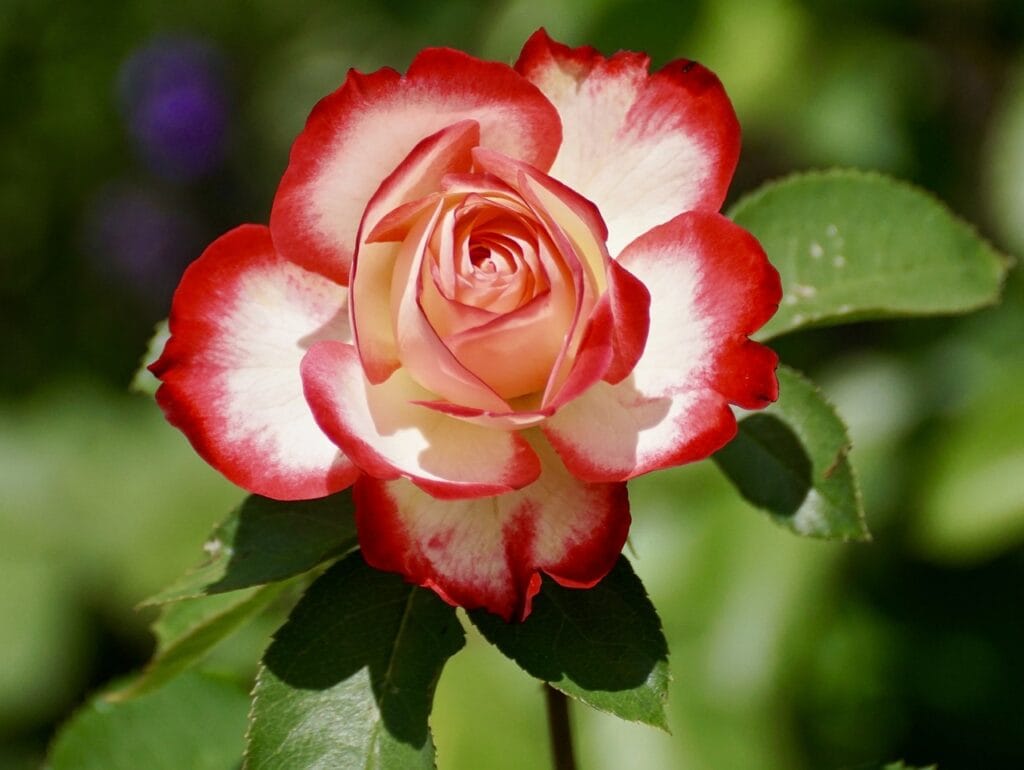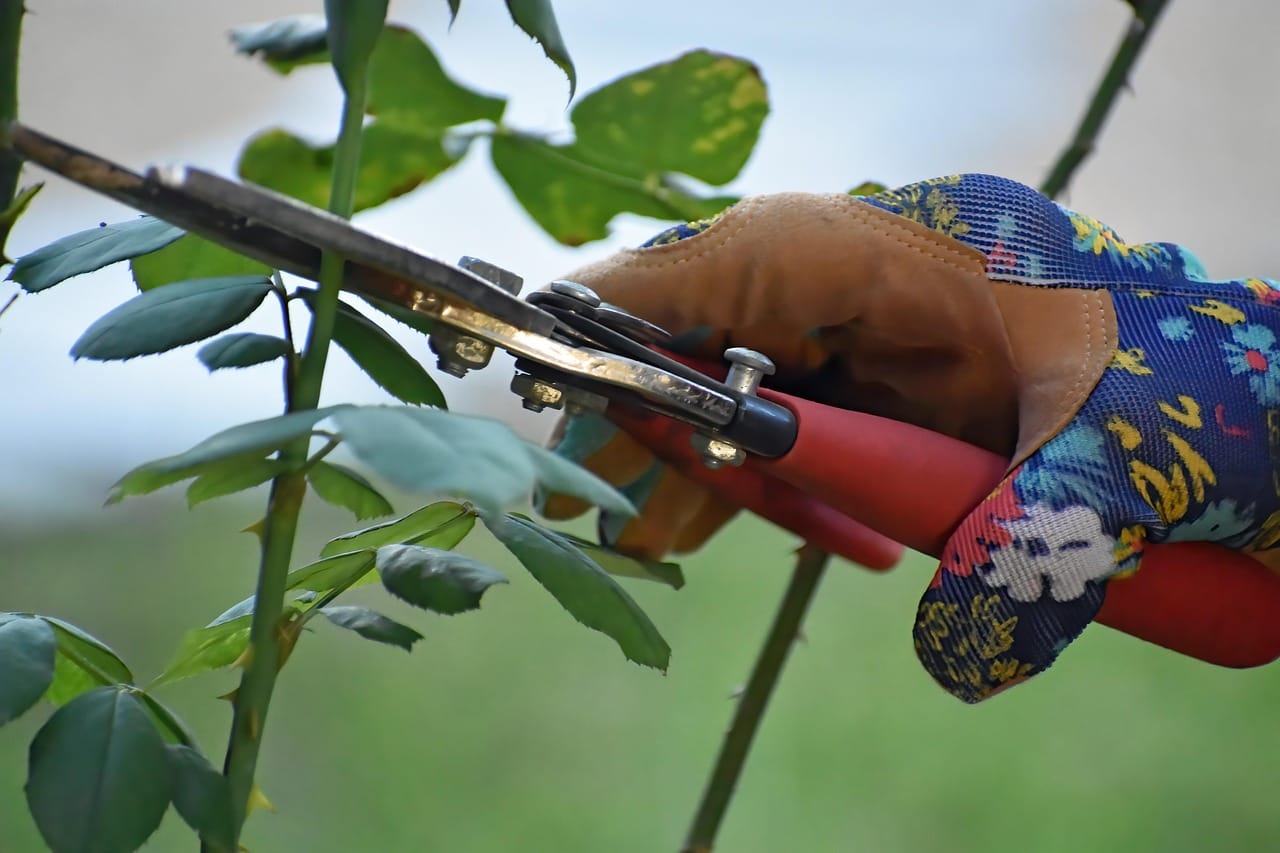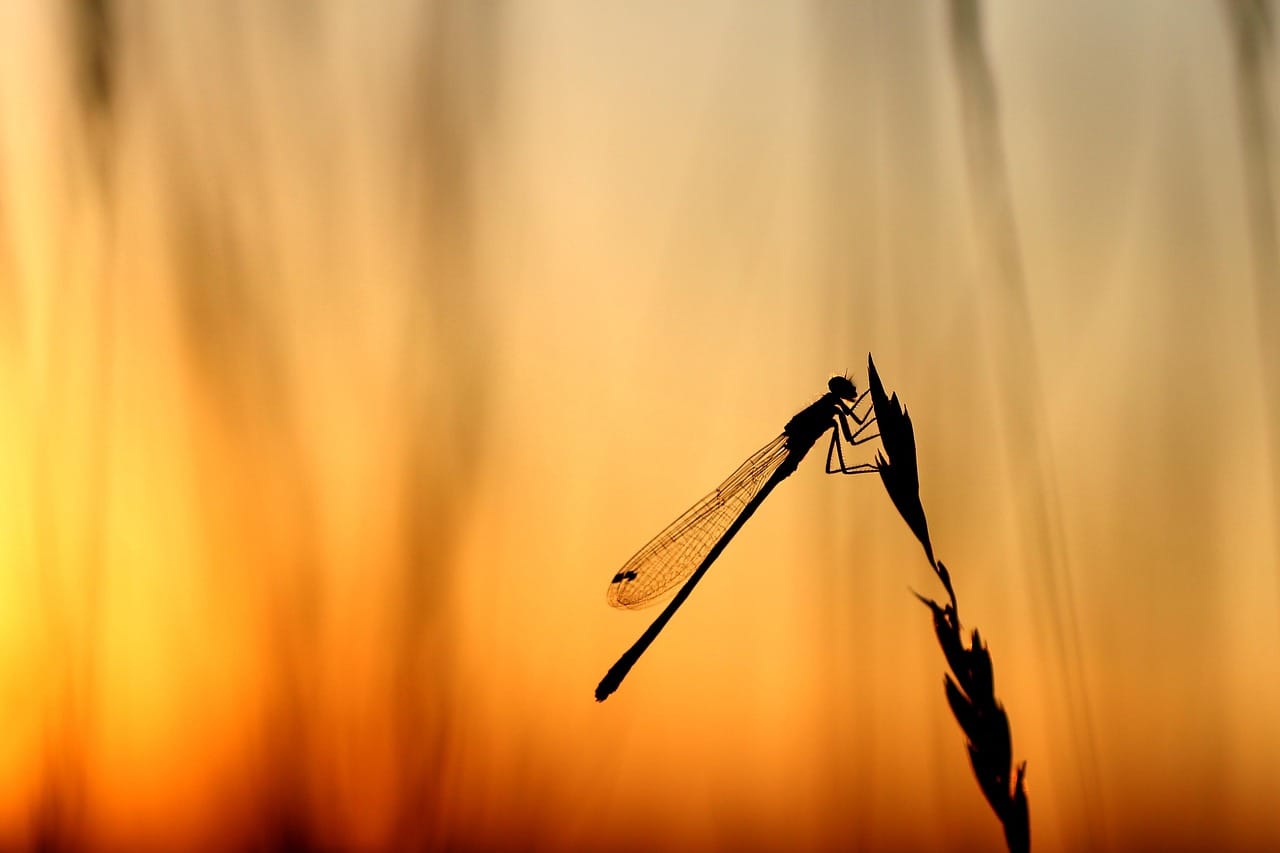So… you’ve got roses. Beautiful, delicate, kind of dramatic (in a good way). But now you’re wondering how to prune roses without messing them up, right?
Totally get it. Pruning sounds scarier than it actually is—but it’s super important if you want your rose bushes to stay healthy, grow strong, and bloom like crazy.
In this guide, we’re gonna walk you through everything you need to know about pruning roses. We’ll cover the why, when, and how. We’ll also show you what tools to use, how to avoid common slip-ups, and even toss in some real-world tips to help you get more confident with those shears.
So, stick around till the end!
Why Pruning Roses Matters
So, why all the fuss about pruning roses? Can’t they just grow on their own and do their thing?
Technically, yes—they’ll grow. But without a little help from you, they’ll get scraggly, tangled, and way more prone to pests and disease. And, of course, you’re here because you want those roses to thrive, not just survive.
Pruning helps in a few big ways.
First, it clears out the dead, damaged, or diseased wood. That stuff’s not just ugly—it can actually drain energy from the plant and invite fungi or bugs.
Getting rid of it helps your rose focus on strong, healthy growth.
Next up, shape. Pruning gives you control over the size and form of your rose bush.
Want a nice rounded shrub or a tall climber that doesn’t look like it’s taking over the fence? You’ll need to cut with intention.
And most importantly, pruning encourages more blooms. Roses put out flowers on new growth.
So by cutting back the old stuff, you’re giving the plant a signal to push out fresh canes—aka future flowers. Skip pruning, and you’ll probably end up with fewer, smaller blooms.
This all applies to most types of roses—hybrid teas, floribundas, climbers, shrub roses, you name it.
Sure, the technique might shift a bit depending on what you’re growing (we’ll get to that), but the reasons to prune stay pretty much the same.
In short: if you want your rose bush to be healthy, balanced, and full of blooms, pruning isn’t optional—it’s part of the job.
You may also like:
When to Prune Roses


Alright, so when should you prune roses? That’s the golden question—and the answer depends a bit on where you live and what kind of rose you’ve got in your garden.
In general, the best time to prune roses is in late winter to early spring, just as plants start to come out of dormancy.
That’s when you’ll see buds starting to swell, but before new leaves have fully opened. Basically, the rose is waking up, and it’s the perfect time to give it a little nudge in the right direction.
But climate matters, so here’s a quick breakdown:
- USA (Zones 5–10): Prune once the threat of hard frost is gone. In many areas, that’s between late February and April. A handy rule? Prune when forsythia bushes start blooming in your area—they’re great natural timers.
- Canada: With the colder climate, it’s safer to wait until late April or even May, depending on your zone. Again, blooming forsythia is your best signal.
- UK: Typically, rose pruning is done in late February to early March, just before spring fully kicks in.
- Australia (Southern Hemisphere): Timing flips here—aim to prune in late July or early August, just before spring growth starts.
Now, rose type plays a role too:
- Repeat bloomers (like hybrid teas and floribundas) need a harder prune to encourage fresh canes and more flowers.
- Once-blooming roses (often old garden types) should be pruned after they bloom in late spring or early summer, or you’ll risk cutting off next season’s flowers.
- Climbers and ramblers are usually tackled just after flowering, unless they’re repeat-blooming, in which case you can do some early spring shaping as well.
Don’t overthink it—just look at your plant. If it’s still dormant, wait. If it’s pushing out new buds, grab your pruners.
You may also like:
Tools You Need for Pruning Roses
Before you dive in, make sure you’ve got the right tools. Pruning roses isn’t complicated, but using the proper gear makes a huge difference. You’ll get cleaner cuts, avoid damaging the plant, and—bonus—you won’t end up covered in scratches.
Here’s your must-have list:
- Bypass Pruners: These are your go-to for most rose pruning jobs. They work like scissors, with two blades that pass by each other for a clean cut. Don’t use anvil pruners (the kind where one blade crushes down onto a flat surface)—they tend to crush stems rather than slice them, which isn’t great for the plant.
- Loppers: Got thick, woody canes that your pruners can’t handle? Loppers are the answer. They’ve got long handles for better leverage, so you can cut thicker branches without much effort.
- Gloves (preferably rose-specific): This one’s non-negotiable. Rose thorns can be brutal, so grab some long, thorn-resistant gloves that protect your wrists and forearms. Leather’s a solid choice.
- Disinfectant: Use rubbing alcohol or a diluted bleach solution (1 part bleach to 9 parts water) to clean your tools between cuts—especially if you’re dealing with diseased wood. It prevents spreading any nasty stuff from plant to plant.
- Optional, but helpful: A pruning saw for really thick stems, and a small bucket or garden bag for collecting clippings as you go.
Keep your tools clean and sharp. Dull blades don’t just make the job harder—they can damage the plant, leaving it more vulnerable to pests or disease.
Quick tip: Keep a cloth and disinfectant spray nearby while you prune, especially if you’re working on more than one rose bush.
You may also like:
How to Prune Roses – Step-by-Step Instructions


Alright, time to get your hands a little dirty (but in a good way). Here’s exactly how to prune roses, from start to finish. No fluff, no confusion—just what works.
1. Figure out what kind of rose you have
First things first, identify your rose. Hybrid teas, floribundas, climbers, shrub roses—they each have their quirks. For example:
- Hybrid teas usually get pruned hard.
- Climbers need more selective cuts and often get trained along fences or arches.
- Shrub roses tend to be more forgiving.
Not sure what you’ve got? No worries—follow these steps as a baseline. You’ll get better at tailoring your approach over time.
2. Cut out dead, damaged, or diseased wood
Start by removing anything brown, blackened, brittle, or clearly dead. Healthy stems are green inside when you make a cut.
If it’s dry and brown? Snip it off, cutting all the way down to the base or to the point where the cane looks healthy again.
3. Remove weak or crossing stems
Look for thin, spindly canes (smaller than a pencil), or ones that are rubbing against others. Crossing branches create wounds, which are perfect entry points for diseases.
You want open space inside the plant—like an airy vase shape—to let sunlight and airflow do their thing.
4. Shape it
Now for the fun part. Cut just above an outward-facing bud, at a 45-degree angle, sloping away from the bud.
That bud will become the direction of new growth, so aim for a shape that spreads outward, not inward.
And don’t leave long stubs—cut about 1/4 inch above the bud.
Rule of thumb: remove about one-third of the total plant height for hybrid teas and floribundas. Shrub roses may only need light shaping.
5. Clean up
Don’t leave clippings lying around. They can harbor pests or fungal spores. Toss ’em in the compost (if healthy), or bag ’em for disposal if you spotted signs of disease.
Take a step back when you’re done. Does your rose bush look balanced and open? Nice work.
You may also like:
Common Mistakes to Avoid
Pruning roses isn’t rocket science, but it’s easy to slip up—especially if you’re new to it.
So here are the mistakes you definitely want to dodge when learning how to prune roses:
Pruning at the wrong time
Timing matters more than most people think. If you prune too early in winter, a late frost can damage the new growth. Prune too late, and you might miss the window for strong spring growth.
Aim for that sweet spot—late winter or early spring, when buds are just starting to swell.
Using dull or dirty tools
This one’s huge. Dull blades crush stems instead of slicing cleanly, which slows healing and can attract disease.
Dirty blades? They can spread fungal infections and bacteria from one plant to another.
Keep your tools sharp and disinfected—easy win.
Leaving stubs or cutting too close to buds
Leaving too much stem above a bud creates a stub that’ll die back. Cut too close, and the bud itself can be damaged.
The ideal? About 1/4 inch above an outward-facing bud, at a slight angle away from the bud.
Over-pruning
Yeah, aggressive pruning can feel satisfying—but don’t go wild. If you remove more than half the bush, you might shock the plant and stunt its recovery.
For most types, trimming back about one-third is plenty.
Ignoring the plant’s natural shape
Roses don’t want to be boxed into weird shapes.
Pruning should encourage a natural, open, vase-like structure. Too dense, and air can’t flow through, which can lead to mildew and other nasties.
Every cut matters—so when in doubt, step back and take a look at what you’re shaping.
You may also like:
Pro Tips for Healthier, More Beautiful Roses


Now that you’ve got the basics of how to prune roses, let’s talk about the little extras that can make a big difference. These are the habits and tricks experienced gardeners swear by.
Feed your roses after pruning
Right after pruning is the perfect time to give your roses a boost.
A balanced, slow-release fertilizer (like a 10-10-10 or one made specifically for roses) will support strong new growth. Water it in well so nutrients get down to the roots.
Water deeply—but not too often
After pruning, roses will push out fresh growth fast, and they’ll need water to support it.
But don’t just splash the surface. Water deeply at the base once or twice a week, depending on your soil and climate. Shallow watering = shallow roots, and we don’t want that.
Mulch is your best friend
Apply a layer of organic mulch (like bark, compost, or straw) around the base of the plant. It helps retain moisture, suppress weeds, and regulate soil temperature.
Keep it a few inches away from the stems, though—you don’t want rot creeping in.
Keep an eye out for suckers
These are those sneaky shoots that grow from below the graft union (the knobby bump near the base). They’ll steal energy from the main plant and rarely produce good flowers.
Yank or cut them off as soon as you spot them.
Stay on pest patrol
Fresh growth can attract aphids and other critters.
Check leaves regularly, especially early in the season. A quick blast of water or a mix of mild soap and water can usually deal with them. No need to bring out the heavy chemicals unless it gets out of control.
Roses can be a little high-maintenance, sure—but they give back a lot when you treat them right.
Conclusion
So—how to prune roses? It’s really about timing, technique, and a little bit of confidence.
Prune in late winter or early spring (depending on your region), use clean and sharp tools, cut just above outward-facing buds, and don’t be afraid to shape the plant.
Removing dead wood and opening up the center helps your rose breathe, grow stronger, and bloom better.
Pruning isn’t just about looks—it’s about health, longevity, and getting the most out of your garden. And once you do it a couple of times, it gets way less intimidating.
Want to take your rose care even further? Keep reading—we’ve put together a full guide on how to grow and care for roses, from planting to dealing with pests and everything in between.
FAQ – How to Prune Roses
1. How do I know when it’s the right time to prune my roses?
Prune in late winter or early spring, when you see buds starting to swell but before leaves fully open. Look for local cues like blooming forsythia.
2. Can I prune roses in the fall?
It’s not recommended. Fall pruning can stimulate new growth that may get damaged by frost. Stick to spring for major cuts.
3. How much should I cut back my rose bush?
A good rule is to remove about one-third of the plant’s height. For hybrid teas and floribundas, you can go a bit harder. Shrub roses usually need lighter shaping.
4. What happens if I don’t prune my roses?
They’ll still grow, but you’ll likely get fewer blooms, weaker stems, and more tangled growth. Skipping pruning can also make the plant more prone to disease.
5. Do I need special tools to prune roses?
Yes—sharp bypass pruners are essential. You’ll also want gloves (thorn-resistant if possible), loppers for thicker stems, and something to disinfect your tools.
6. How do I prune climbing roses?
Train the main canes horizontally, and cut back side shoots to 2–4 buds in early spring. Prune again lightly after the first flush of blooms to encourage more flowers.
7. Can I prune a rose bush that looks totally dead?
Check for green tissue inside the stems by making small cuts. If you find healthy wood, prune back to that point. If it’s all brown and brittle, the plant may not be salvageable.




